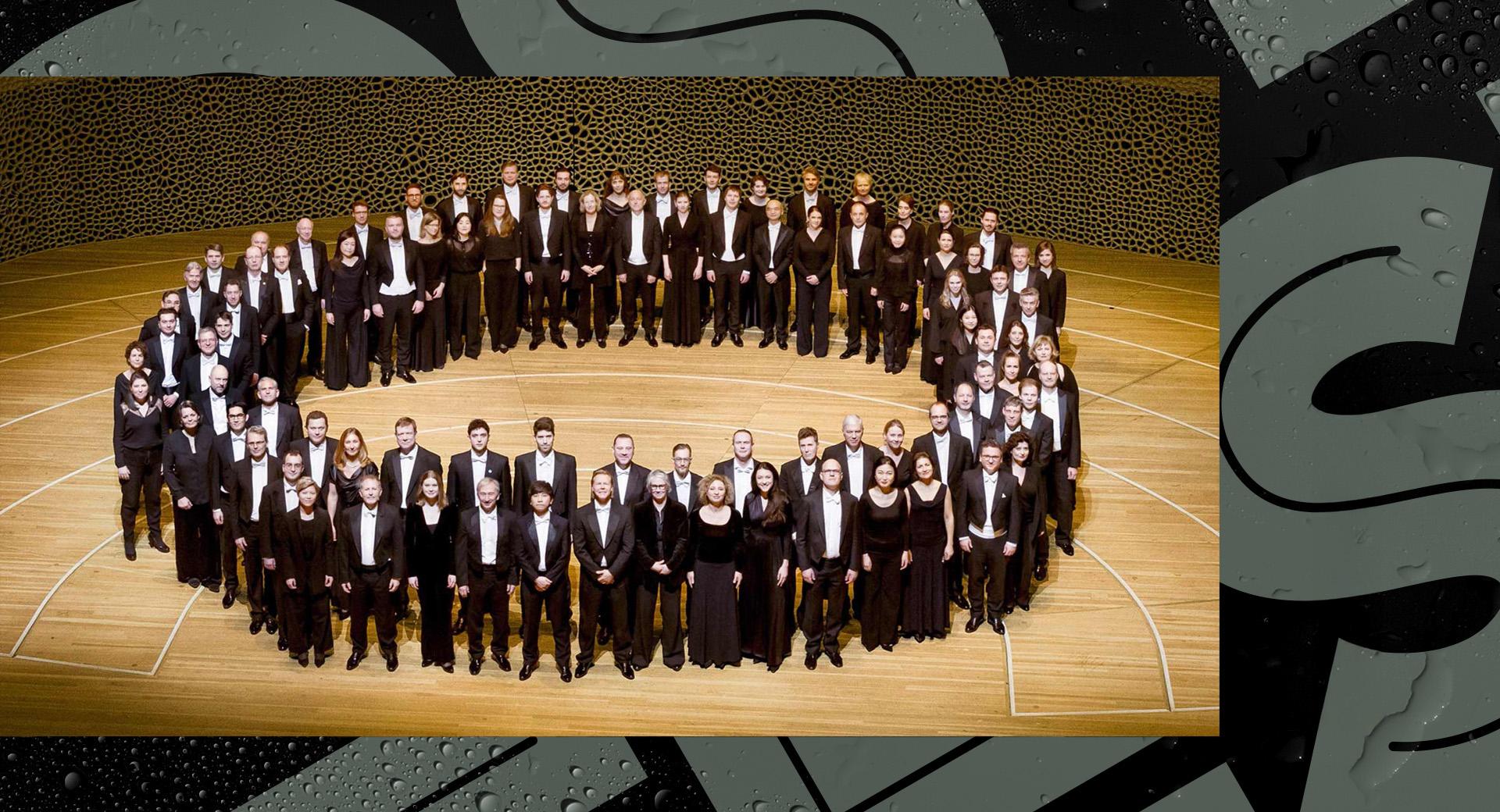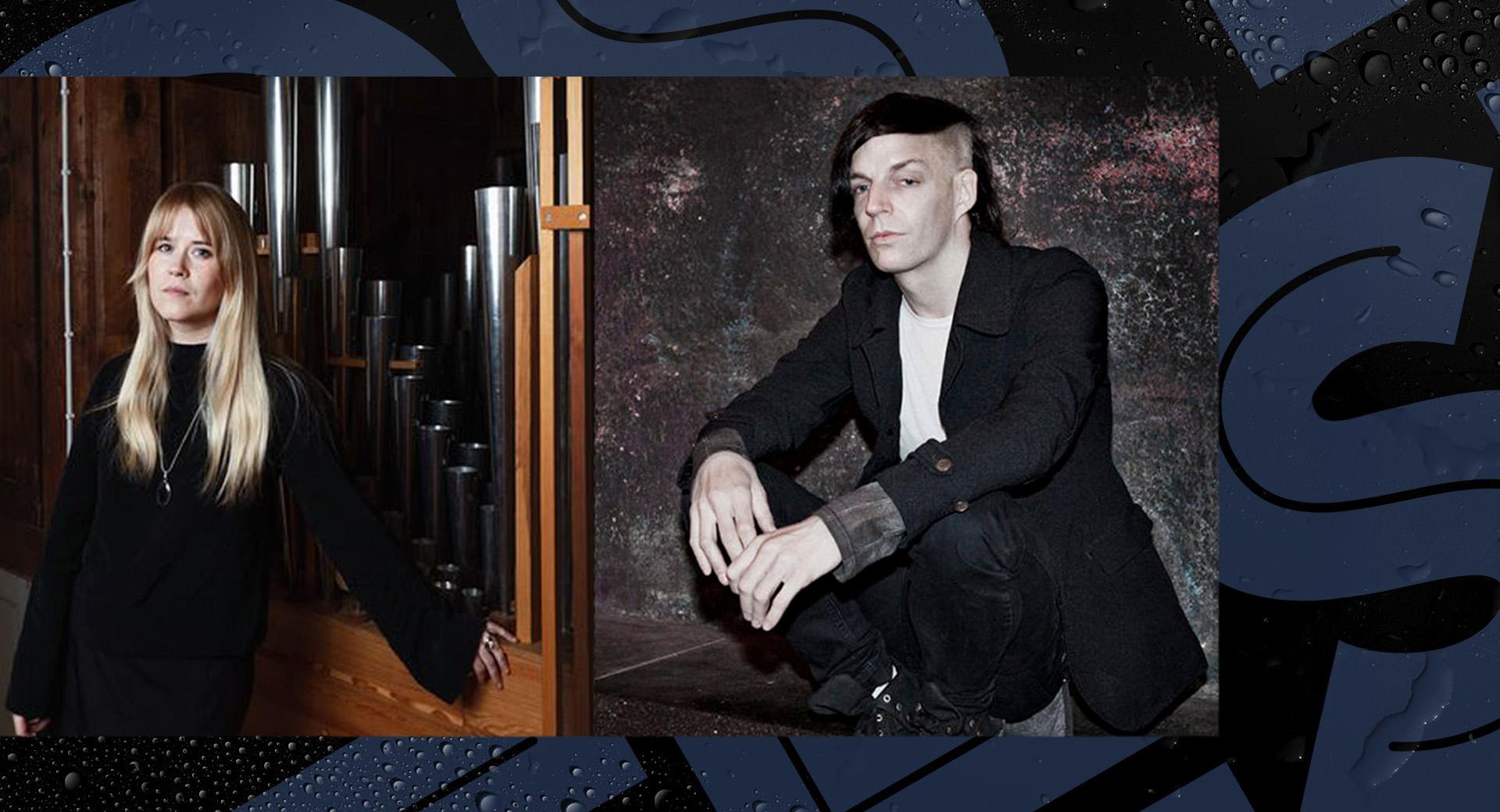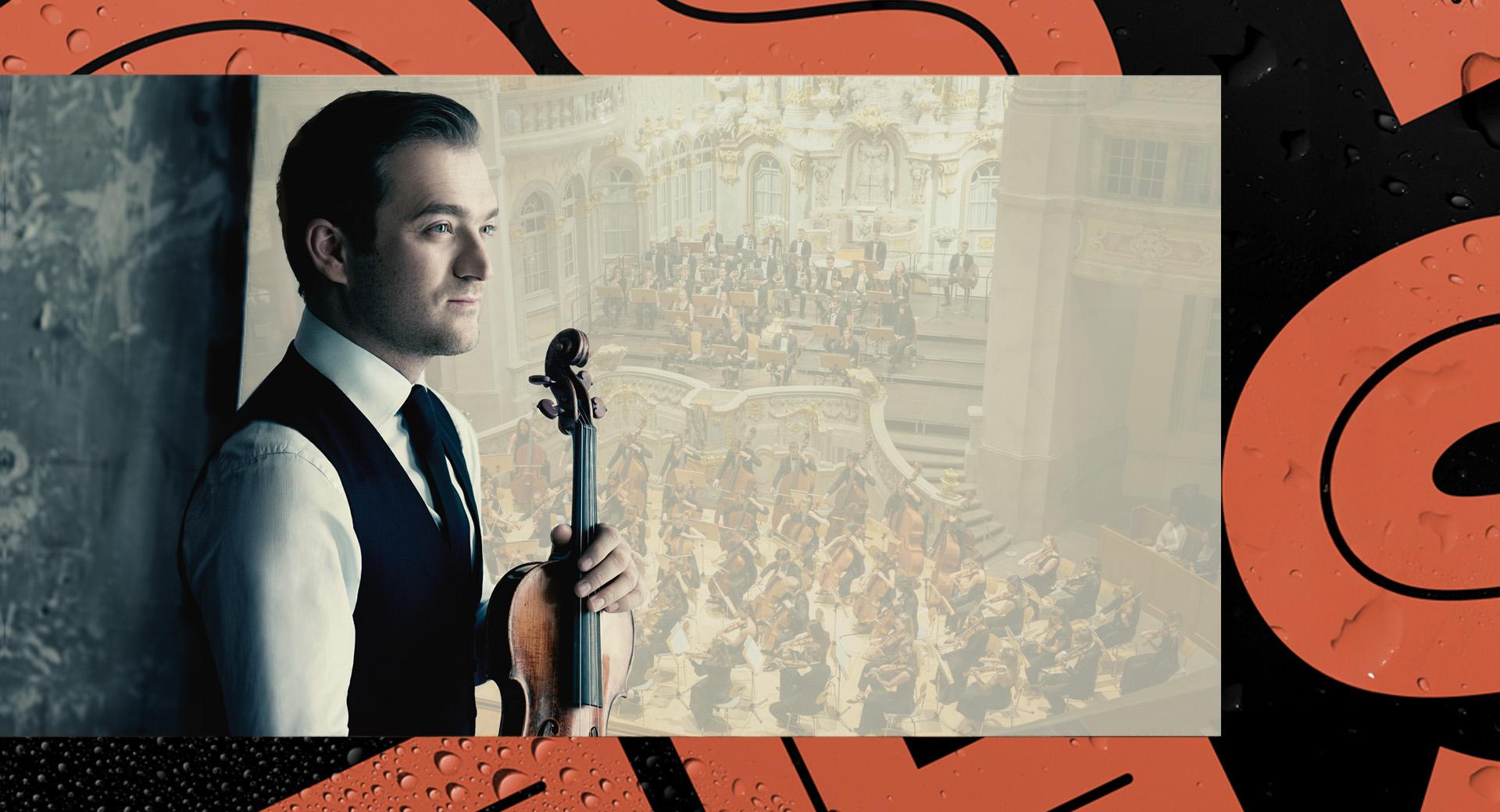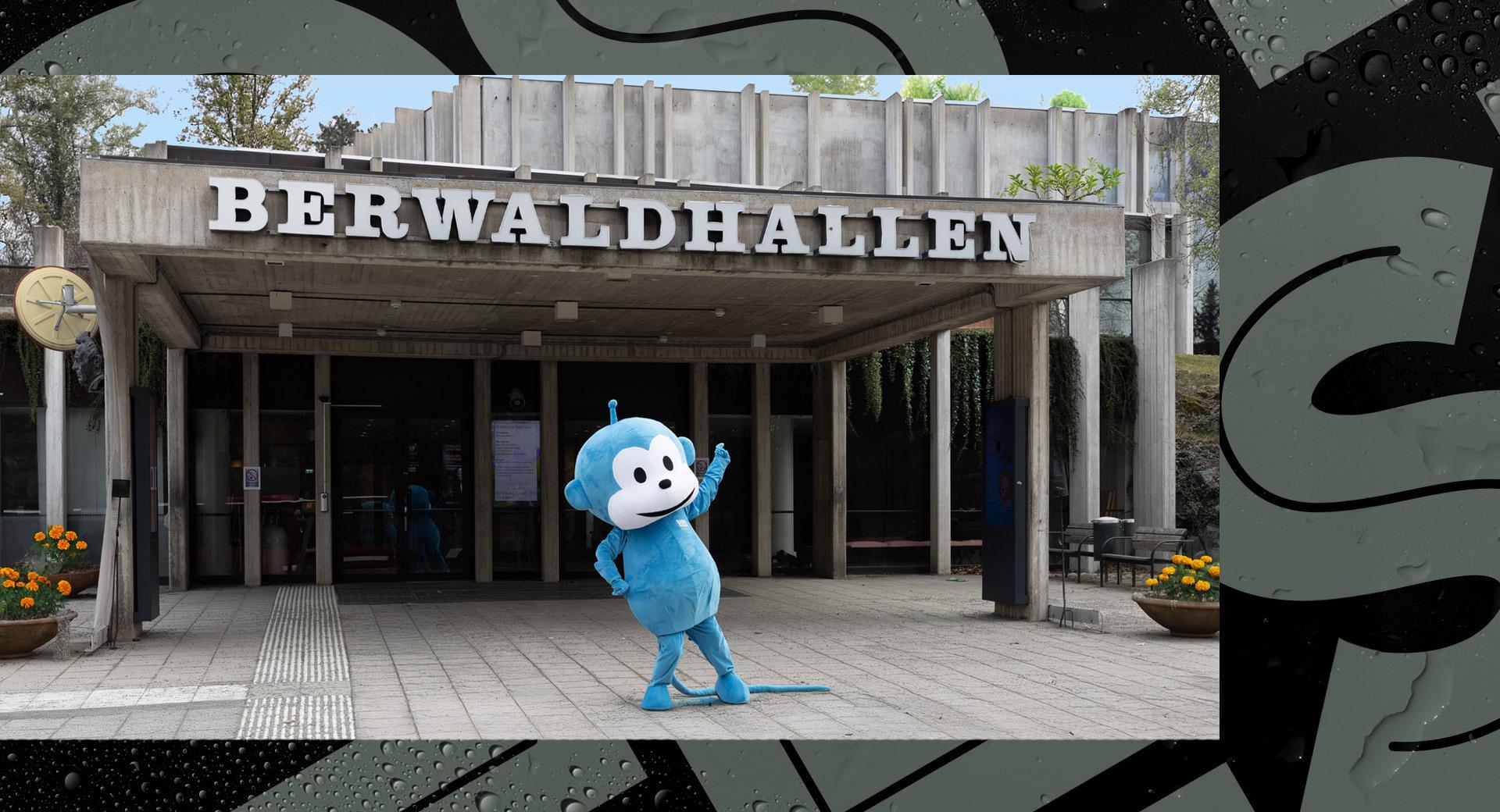Dance Music Symphony
Far from symphonic concert halls and to one side of ordinary pop music is electronic dance music, EDM. Here, popular artists such as Avicii, Martin Garrix and Calvin Harris sit side by side with more avant-gardist musicians like Aphex Twin and The Knife. Here, there is room for both extroverted hit songs as well as more experimental tracks. Hans Ek, an expert in bridging musical borders, presents three orchestral remixes of three decades of electronic dance music.
This production is part of one or more concert series.
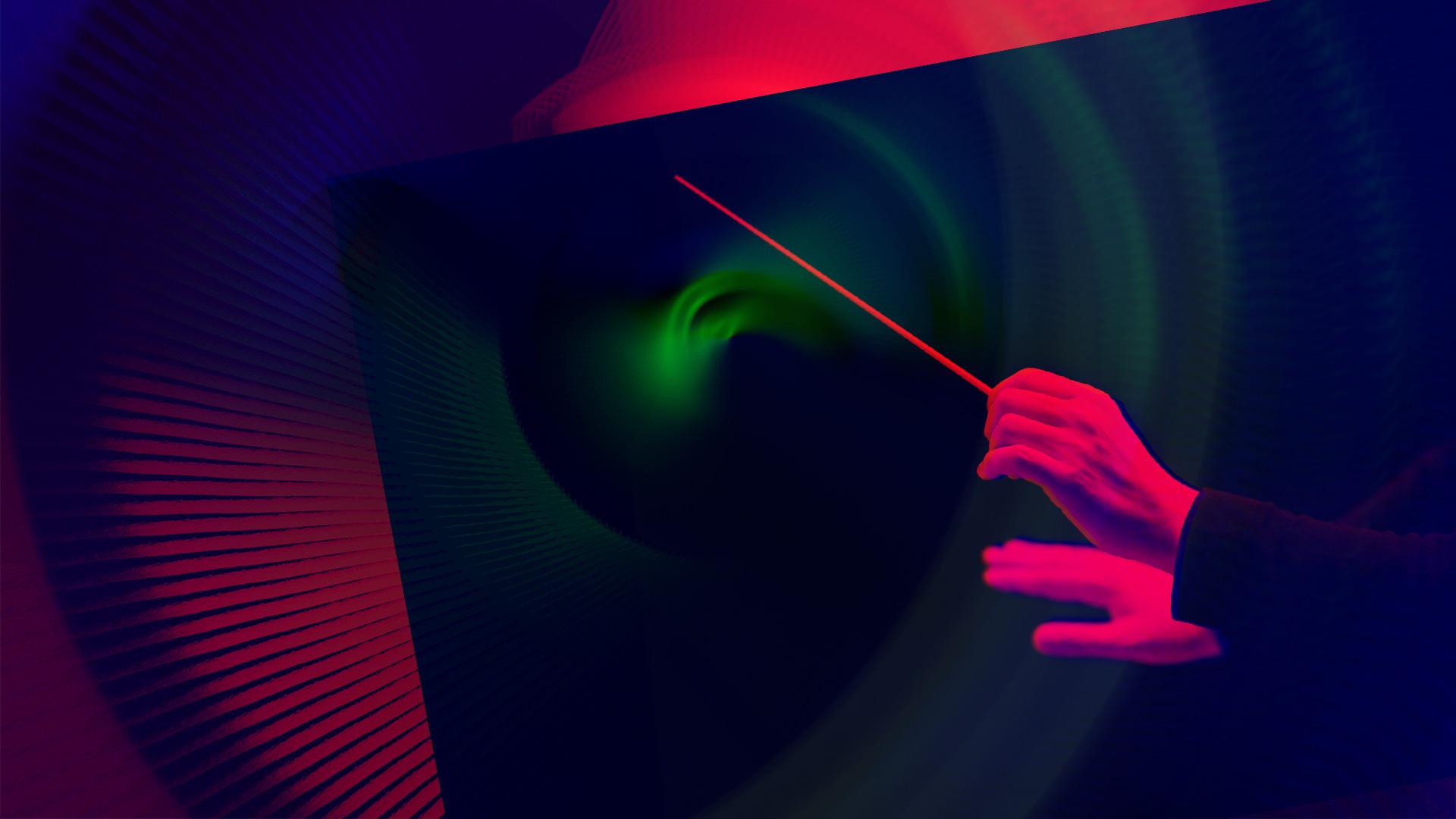
The concert was broadcasted on Berwaldhallen play Friday May 15 2020.
It’s almost impossible to discuss modern electronic dance music without mentioning Kraftwerk, founded in 1970 by Florian Schneider, who recently passed away, and Ralf Hütter. Kraftwerk had no role models in contemporary pop music. They perceived themselves as continuing the legacy of the entertainment music of the Weimar era, with strong influences from Karlheinz Stockhausen’s state-of-the-art electroacoustic works. Starting at a kind of new beginning, Kraftwerk created technically and artistically ground-breaking music that in turn has inspired all kinds of composers and musicians.
Kraftwerk recorded their sixth album, Trans-Europe Express, in 1976 with an optimism that has seeped into the music. The first track, Europe Endless, is perhaps the clearest indication of this hope for the future. The title track was inspired by the eponymous rail line that connected most of Western Europe in the 1970s. The album’s penultimate track is Franz Schubert, a gentle arrangement of Europe Endless without song and drums, and perhaps also a nod to the German-speaking music tradition they were a part of.
Hans Ek has interpreted Kraftwerk’s music many times, in both symphonic and chamber versions. This concert opens with his orchestral arrangement of Franz Schubert, an opener that in a way unites three centuries of music.
Hans Ek has described Dance Music Symphony as “a Rite of Spring for the twenty-first century”. It is a three-movement orchestral work consisting of 17 different songs by various dance music artists from the 1990s to today, carefully rearranged from the original songs’ hypnotic, electronic soundscapes to the different but just as mesmerizing orchestral realm. The connection to Stravinsky is also far more than just a soundbite. Hans Ek describes it as key to the entire work.
“Electronic dance music is all about building energy, something that is also present in Stravinsky’s music”, explains Hans Ek. “Stravinsky’s focus on pulse and rhythm and sometimes almost aggressive character is also present in this music.” Ek also emphasizes Stravinsky’s role in modernising dance music in the early 20th century. “Operas and symphonies had been the most prestigious works for a composer to write but Stravinsky showed that ballet was a natural fit for contemporary music.”
Orchestral dance music includes both more traditional pieces such as the many dance forms of the Baroque era or Johann Strauss II’s waltzes and the more experimental ballets of Stravinsky, Bartók, Prokofiev and others. In a similar way, the more dancefloor-oriented music co-exists with the more introverted in electronic dance music. Tim Bergling, known as the artist Avicii, is hailed as a unique and iconic artist while simultaneously writing such hit songs as Levels. Artists such as the French duo Daft Punk and American musician Sonny John Moore, or Skrillex, also combine successful careers with skilled artistry in their genre.
Among the other artists represented in Dance Music Symphony are world-famous trio Swedish House Mafia and Gothenburg-based duo The Knife that consisted of siblings Karin and Olof Dreijer. Several British artists also feature, such as multiple-Grammy-awarded duo The Chemical Brothers and acclaimed musician Richard David James, known as Aphex Twin. James is partly known for music that, in spite of its genre, is more suited for listening to than dancing, a sub-genre known as intelligent dance music. Hans Ek however stresses that dance music, in spite of its great variation, is always functional. “It can be experimental, it can be contact-seeking and expressive, but it has to constantly remain dance music.”
Dance Music Symphony premiered at the Bråvalla music festival in the summer of 2016, on the very stage that had hosted many of the artists whose music features in the symphony. It has been performed several times since, in Sweden and abroad, with Hans Ek as well as other conductors.
“Sometimes, the most innovative music appears where you don’t expect it”, says Hans Ek. Quoting, sampling, rearranging, remixing music is closely related to electronic dance music, but is in no way unique to it. Several musicians and composers have borrowed from others as well as from themselves throughout music history. Something new does appear in Dance Music Symphony, at the same time as it follows in the footsteps of generations of composers and music-makers.
David Saulesco
